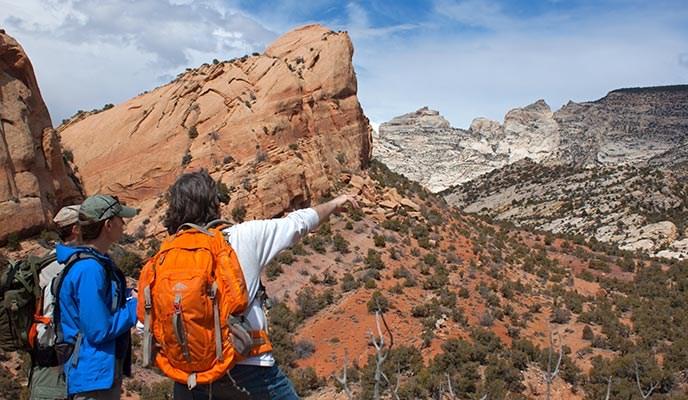Our national parks preserve some breathtaking locations, but they also inspire us to protect the environment in our own backyard.
This thought was brought home during a recent trip to Colorado. I had the chance to climb through mountains next to rushing streams and filled with flowering meadows. Ground squirrels and pikas scurried around collecting food while yellow-bellied marmots sunned themselves above the tree line on the lichen covered rock outcrops. The scenery was peaceful and breathtaking.
On this trip, I also traveled back in time, touching a 4-foot long femur bone of a diplodocus at Dinosaur National Monument and later staring at the 2 billion-year-old, 2,000-foot sheer walls of the Black Canyon of the Gunnison. They gave me a glimpse back to an age long before humans entered the ecosystem. These National Parks painted a picture of the earth untouched by humans and the forces that ever so slowly shaped the land over tens of millions of years.
As I read about the natural history of these sights, my mind wandered back to the prairie of South Dakota that I call home. I thought of all the ways we as humans are changing our landscape faster than any other period in history. What will future national parks say about humans of today? What would a fossil bed from today reveal about our civilization? What rivers that we dam today will prevent a canyon forming tomorrow?
We often talk about far off places that need protection, and there’s no doubt they need it, but our own prairie home needs it too. We’ll never return East River South Dakota to the grassland it was 150 years ago, but it is our obligation to ensure the land doesn’t degrade and change farther.
Just over one hundred years ago, men and women with great foresight began our national park system. Protecting those places that today that provide such solace and inspiration was not easy, but so important. Just as today, making the changes necessary to protect the natural features of East River South Dakota is not easy, but it is vital for our future. May we be strong and leave a positive legacy with more natural landscape in East River South Dakota for the generations to come.



















